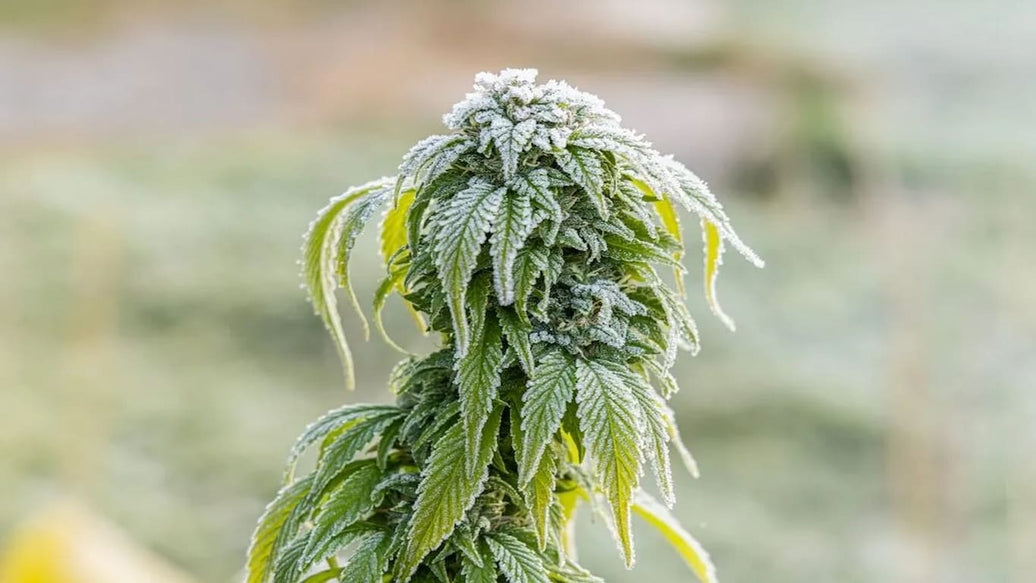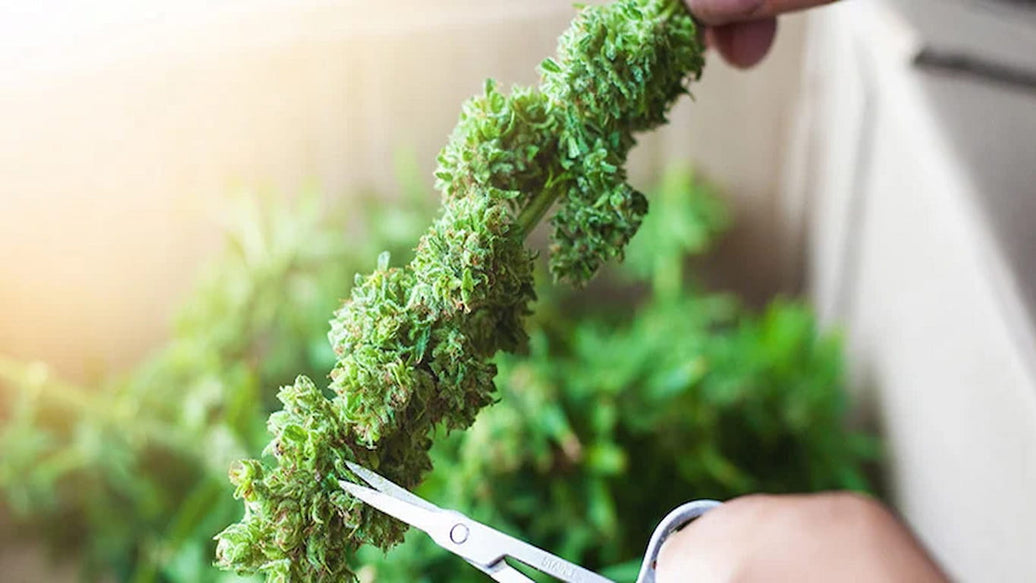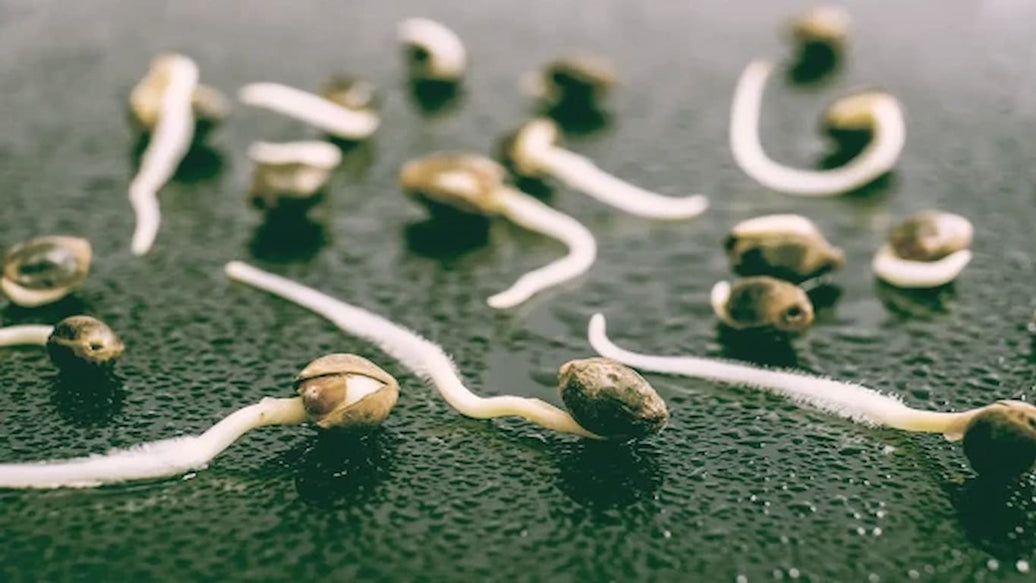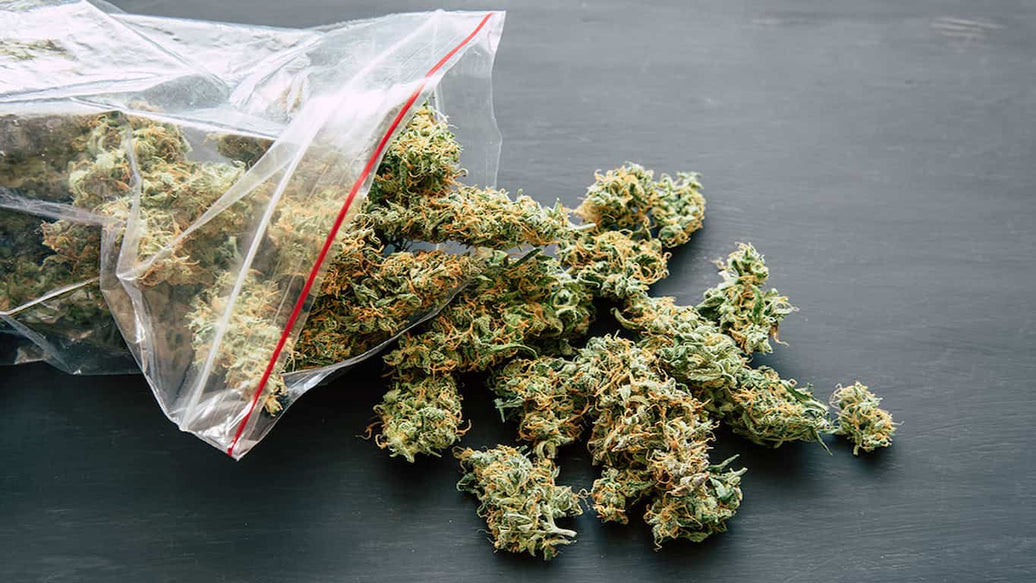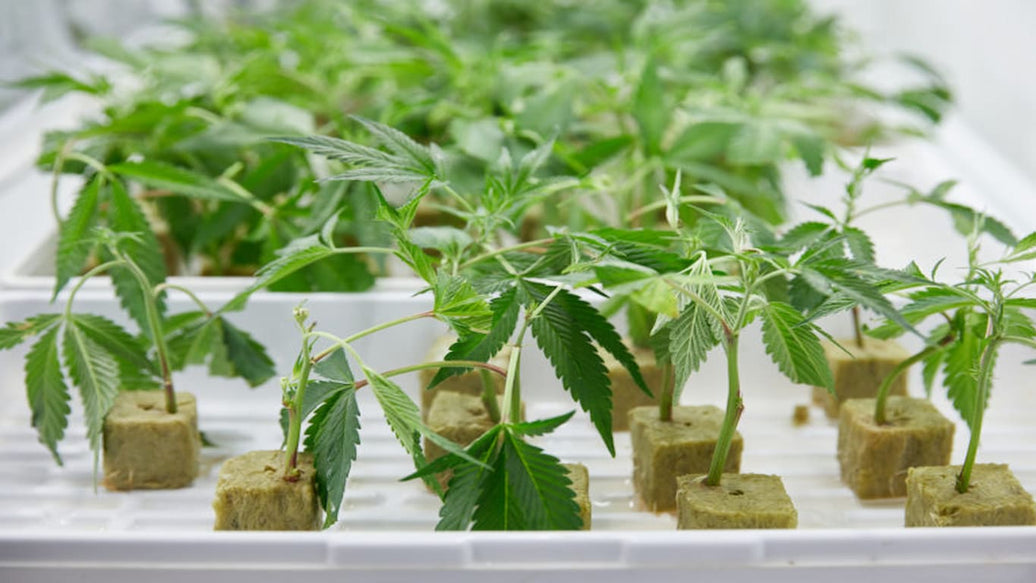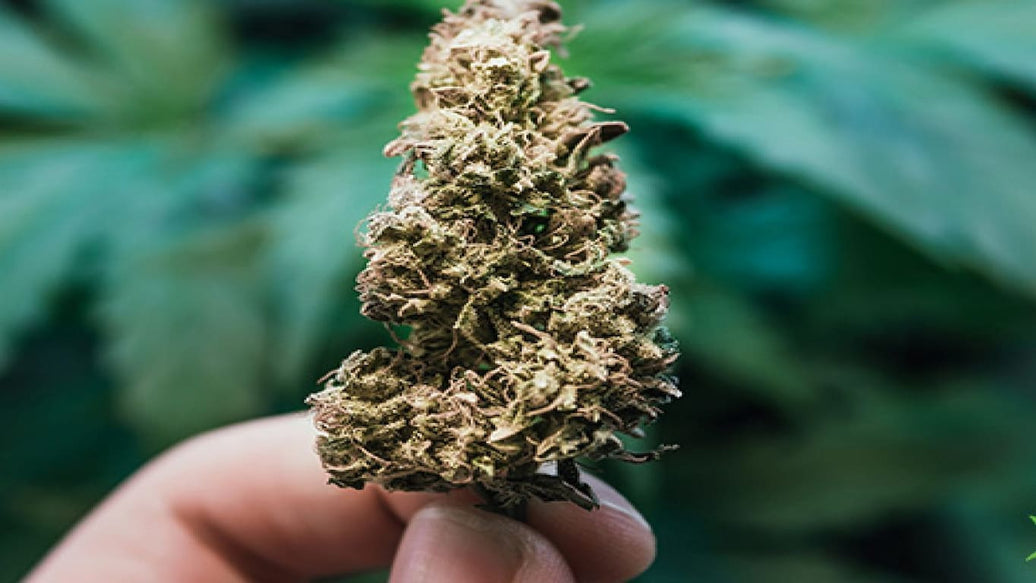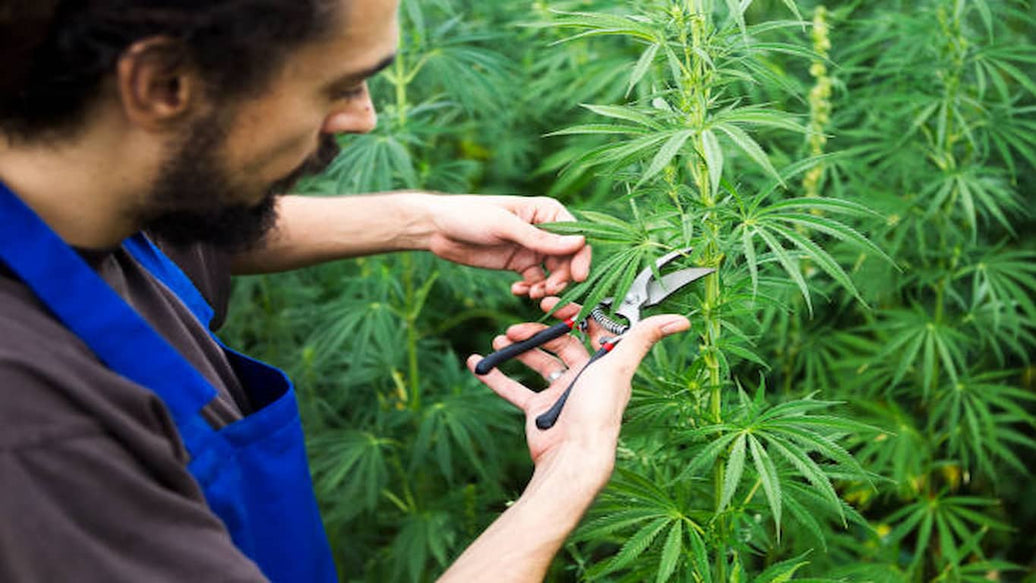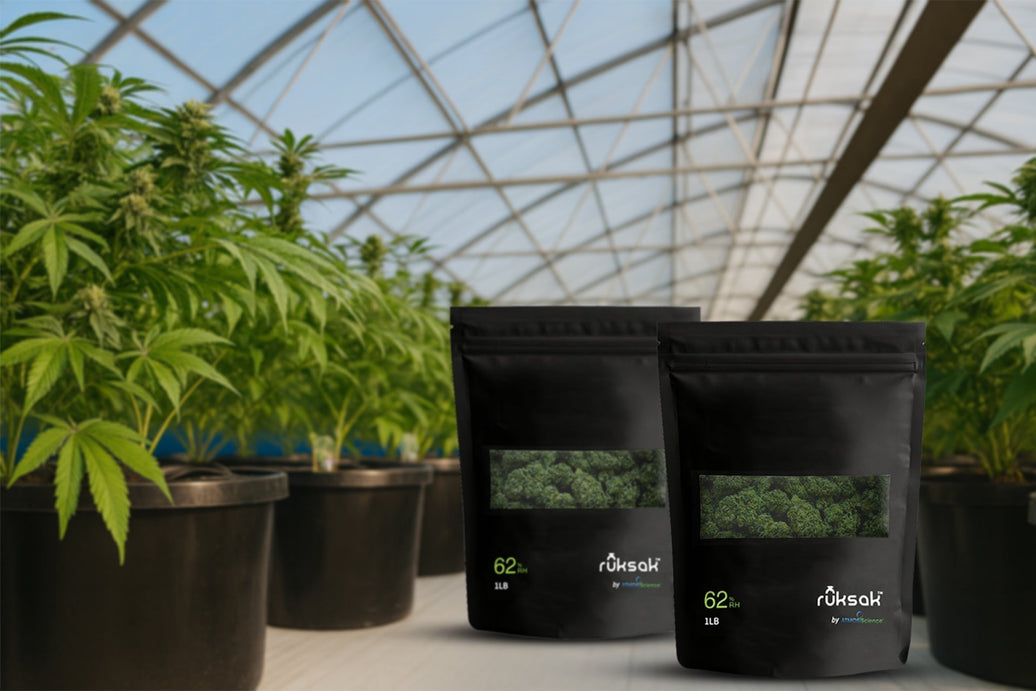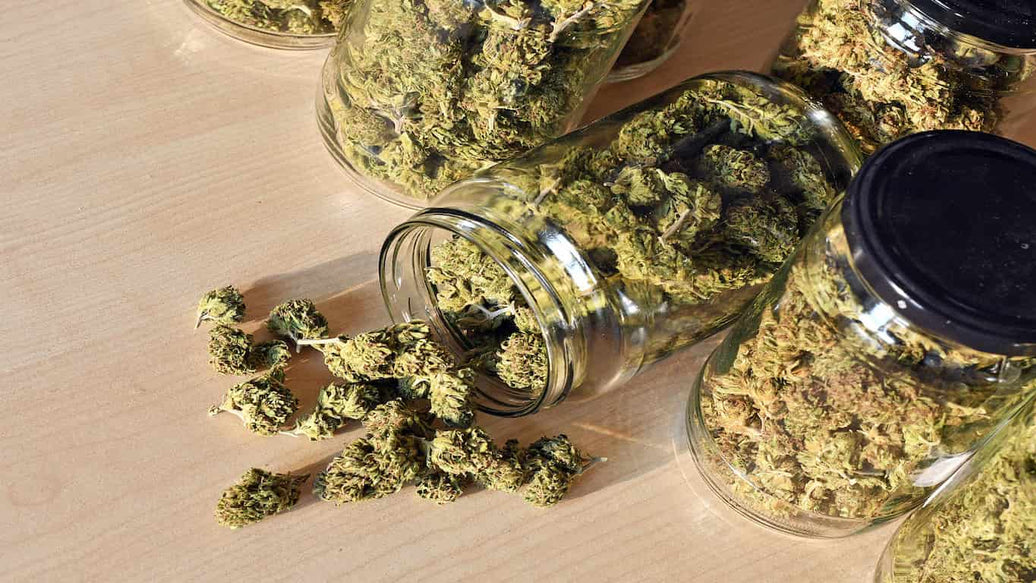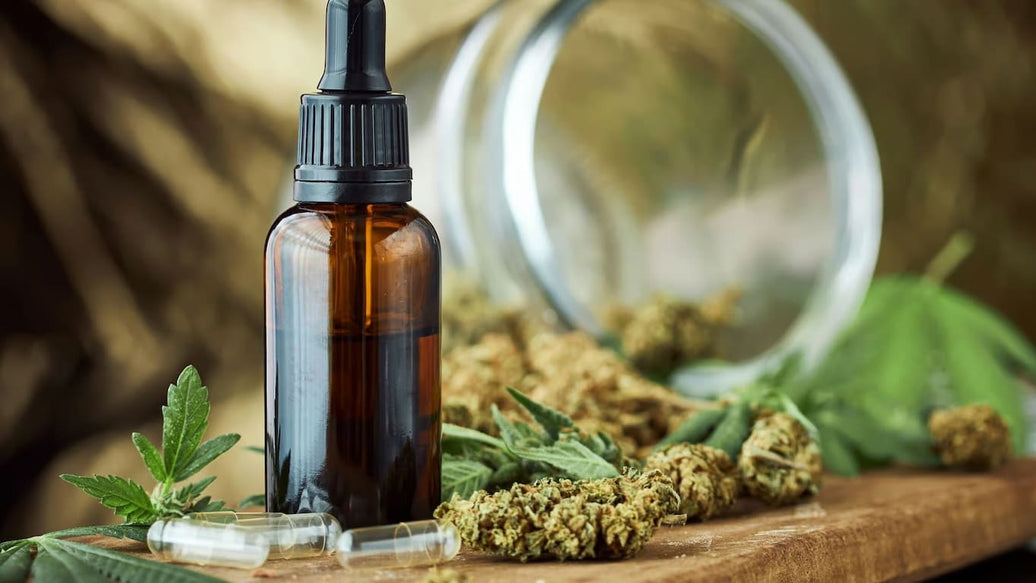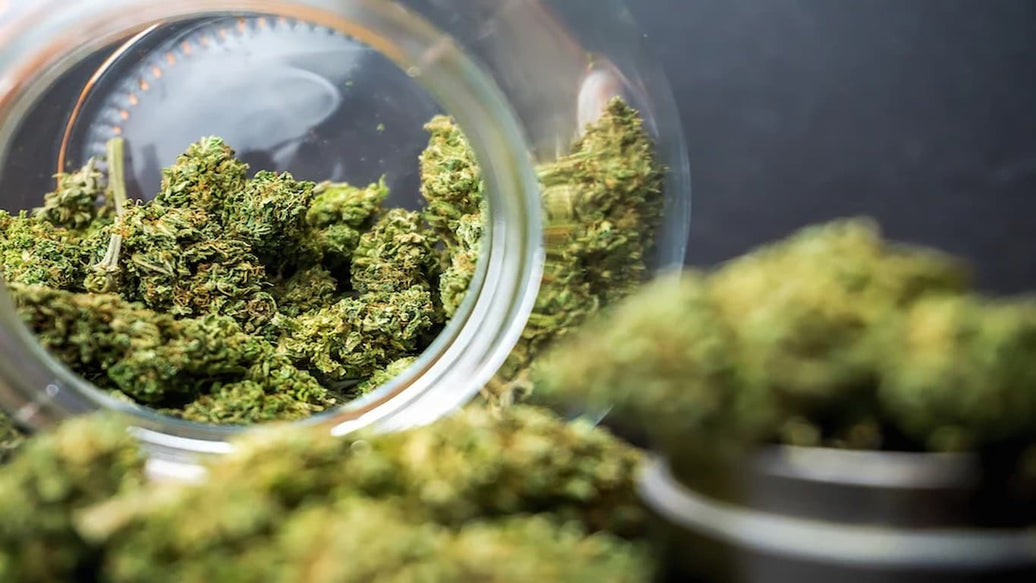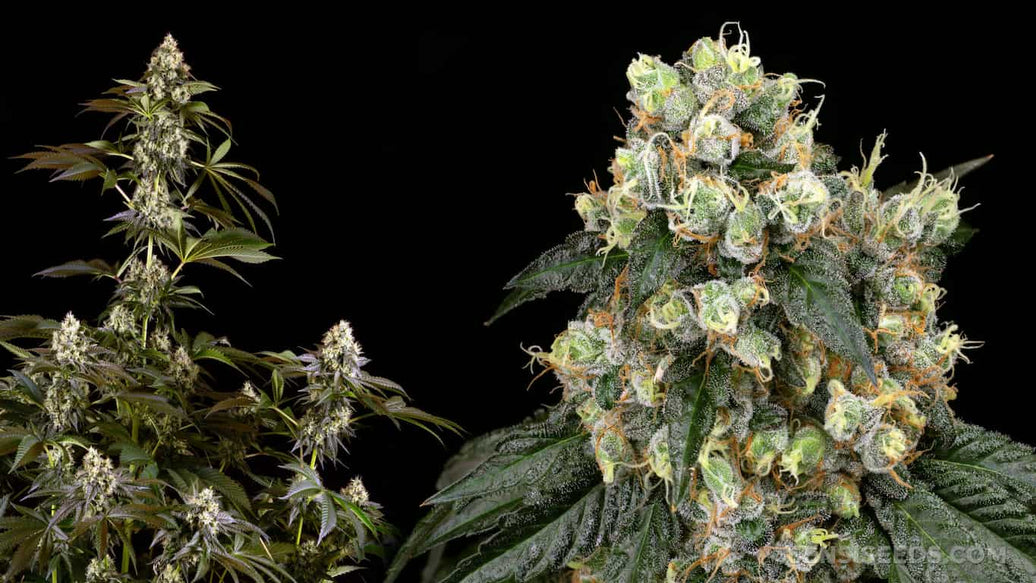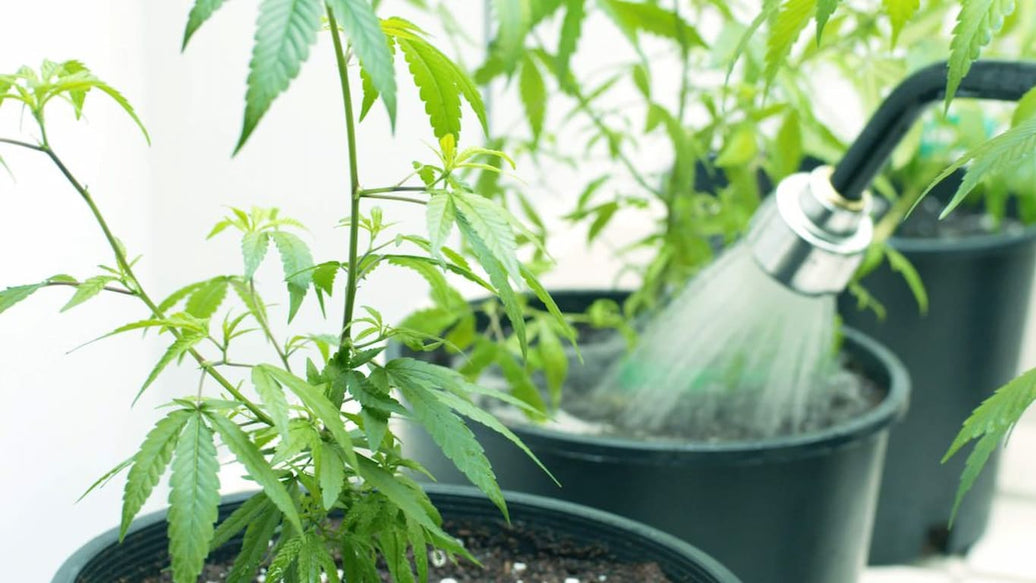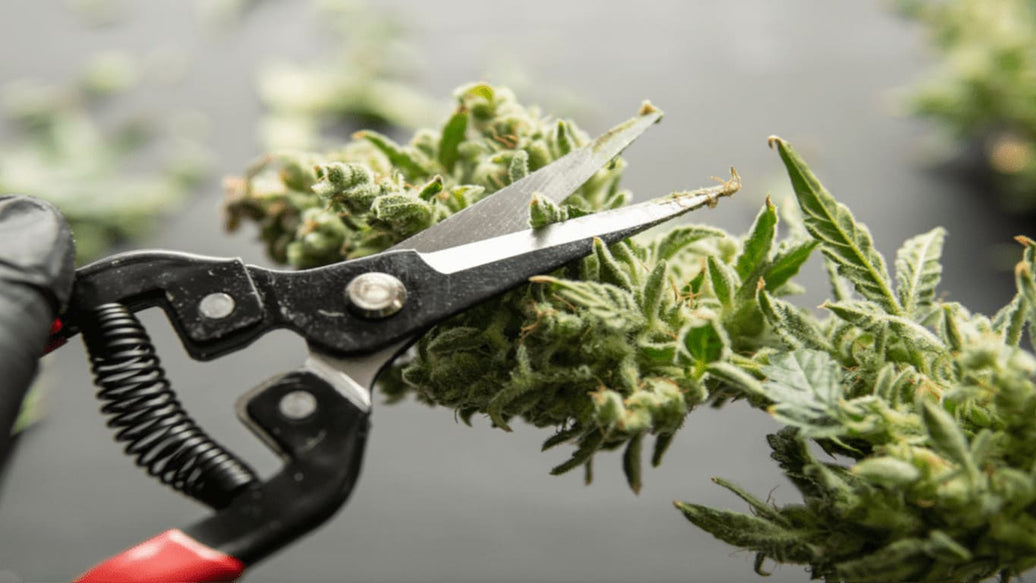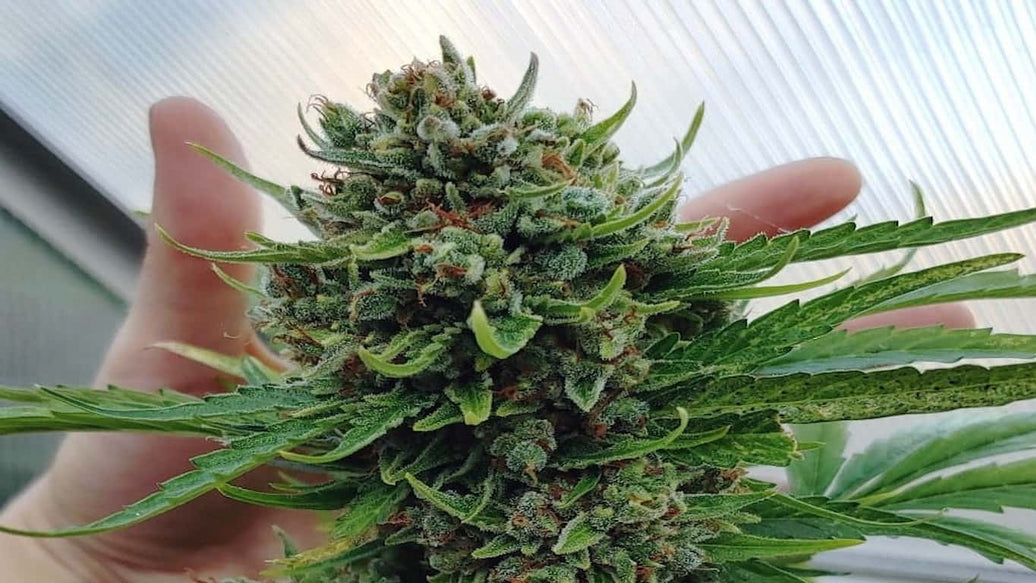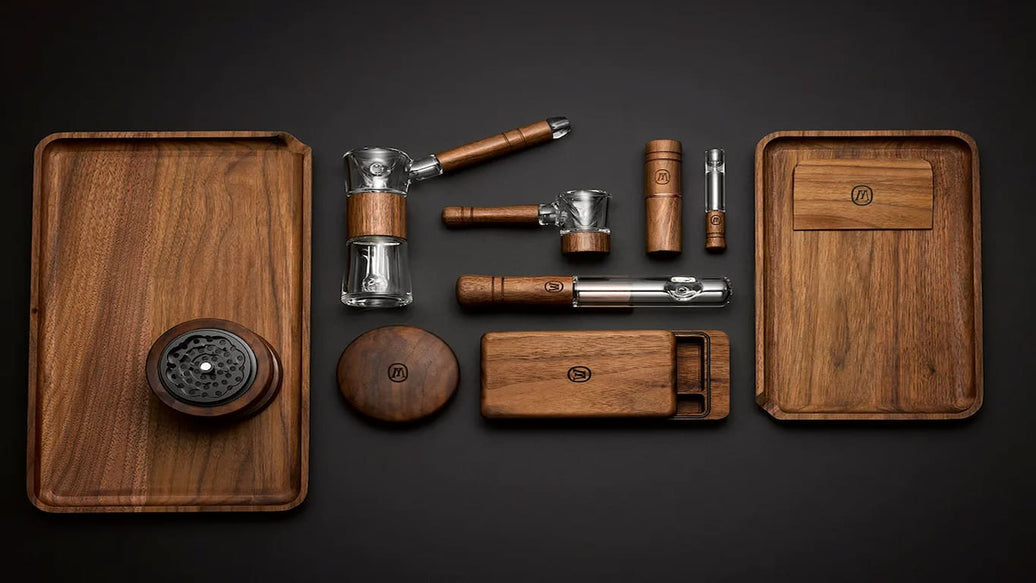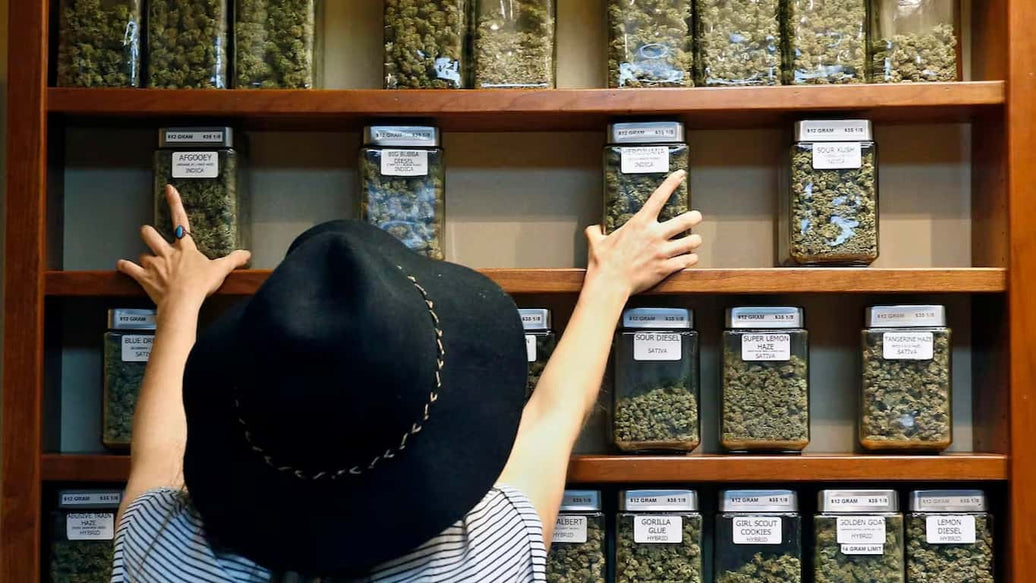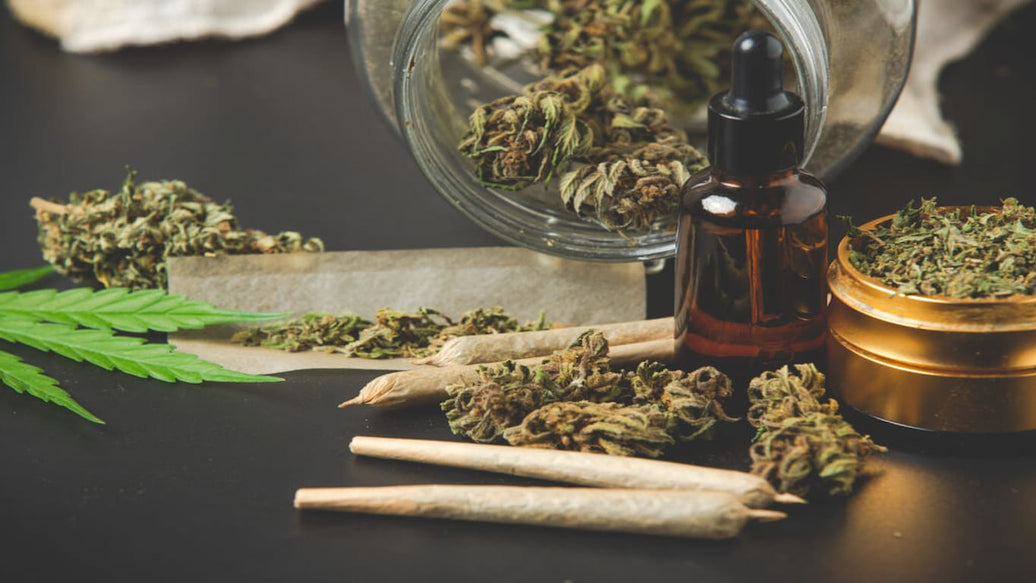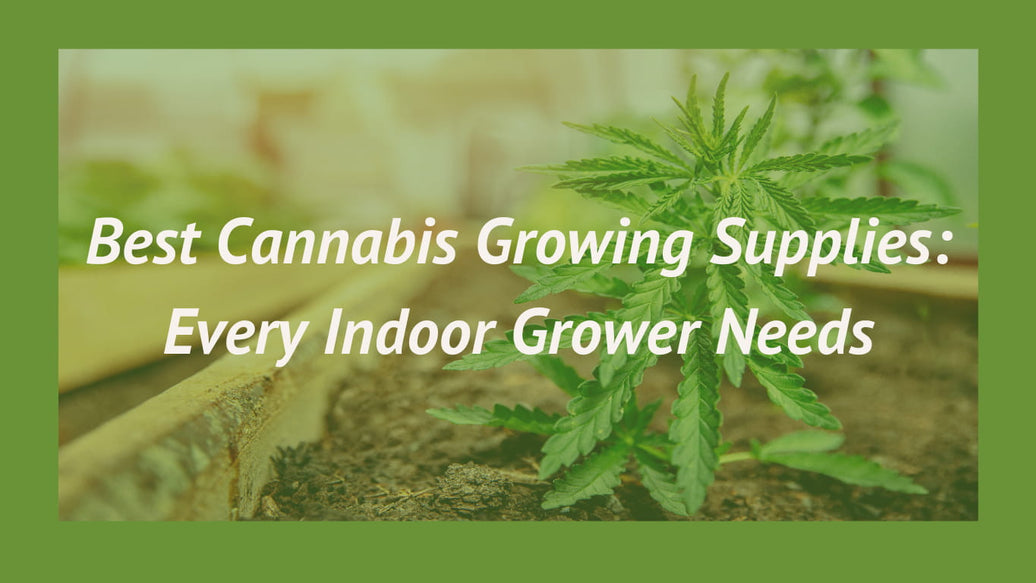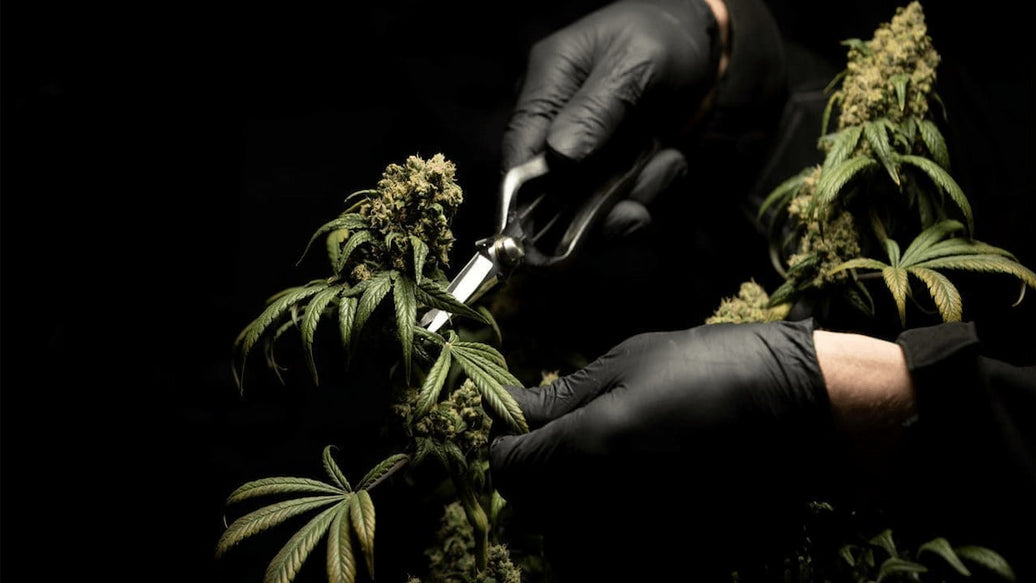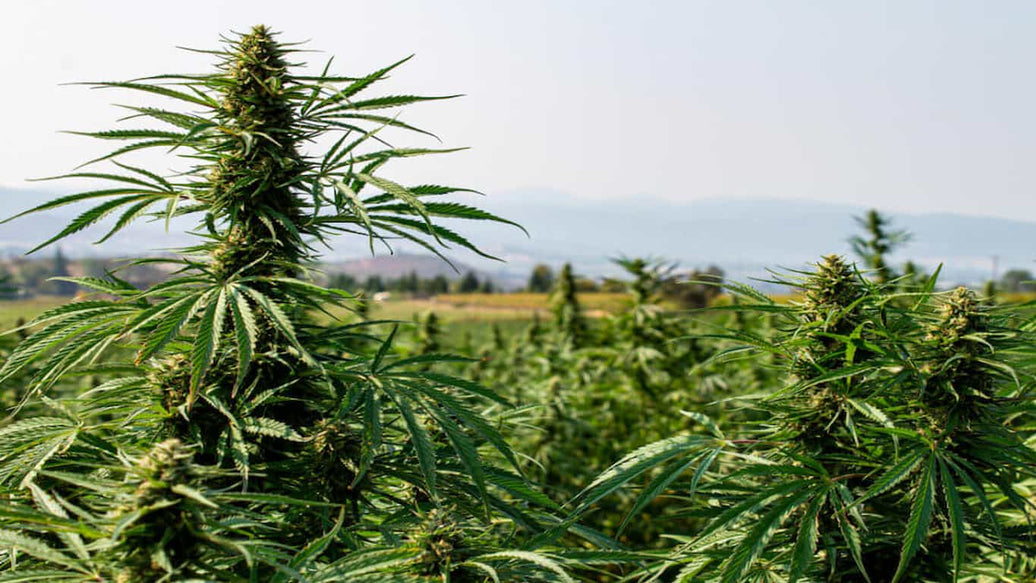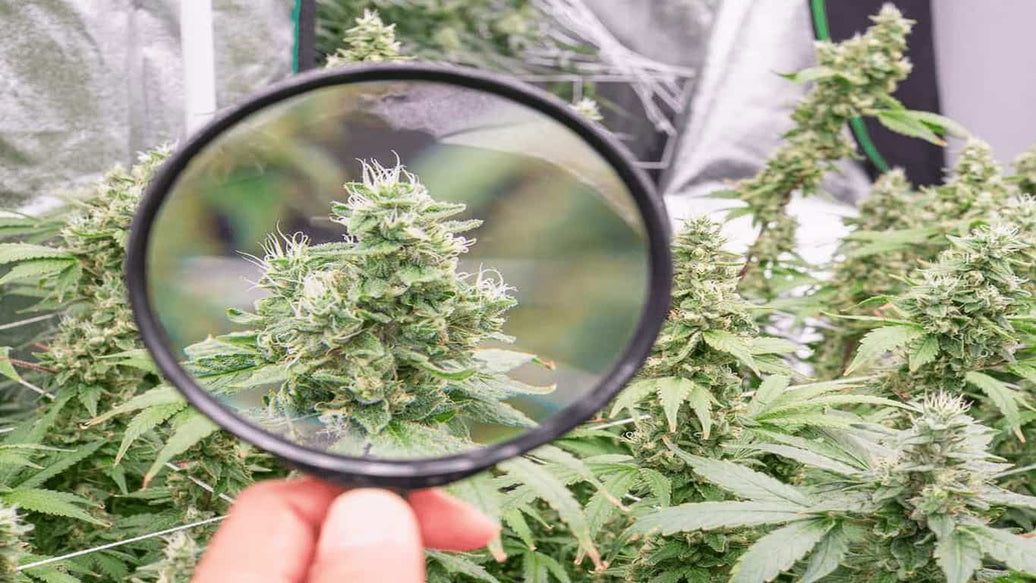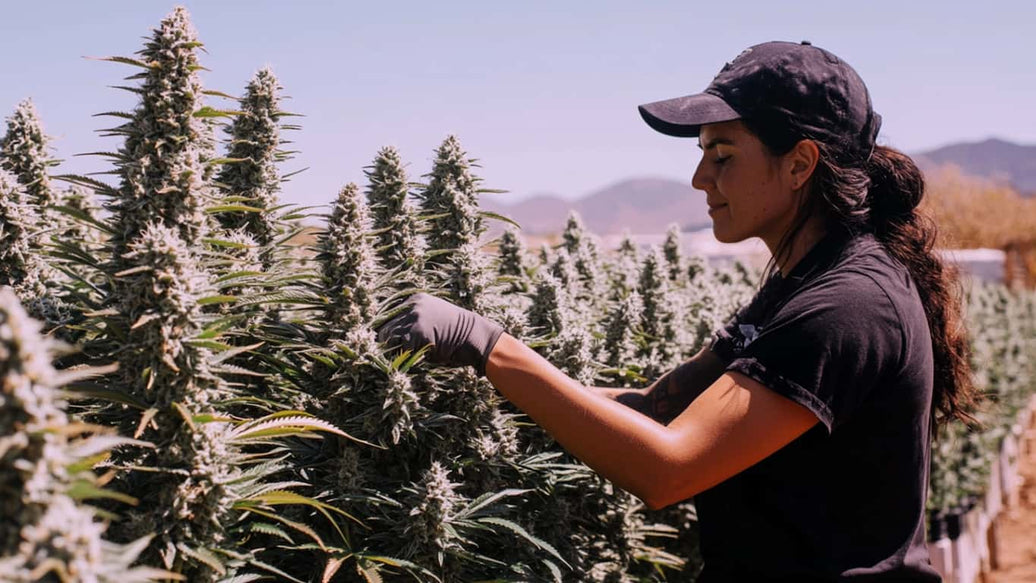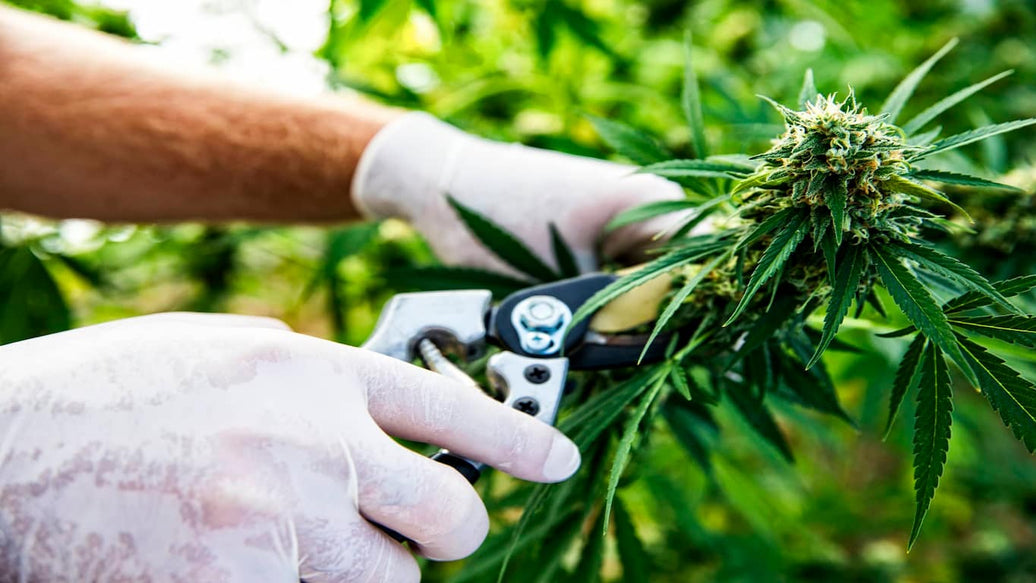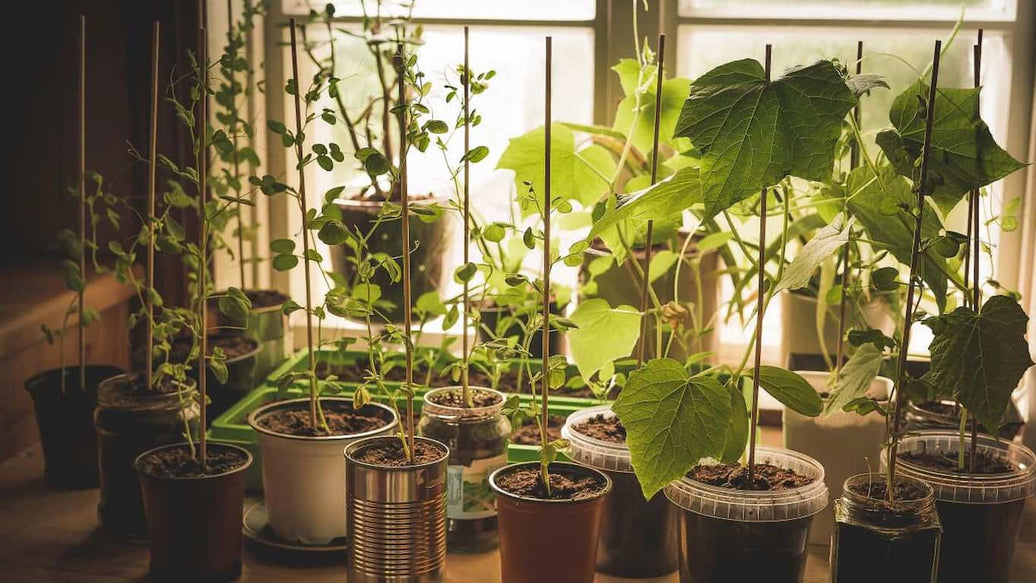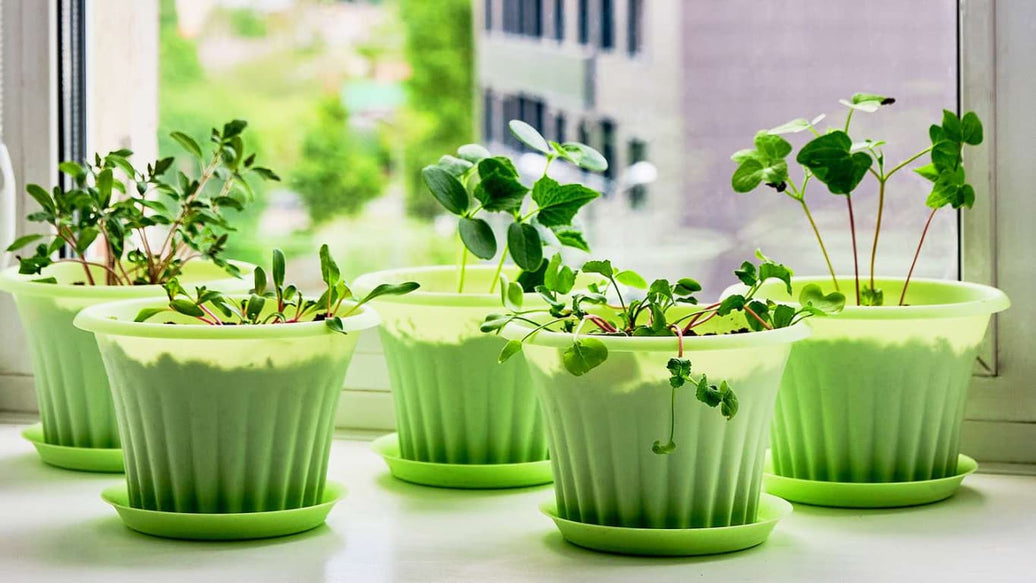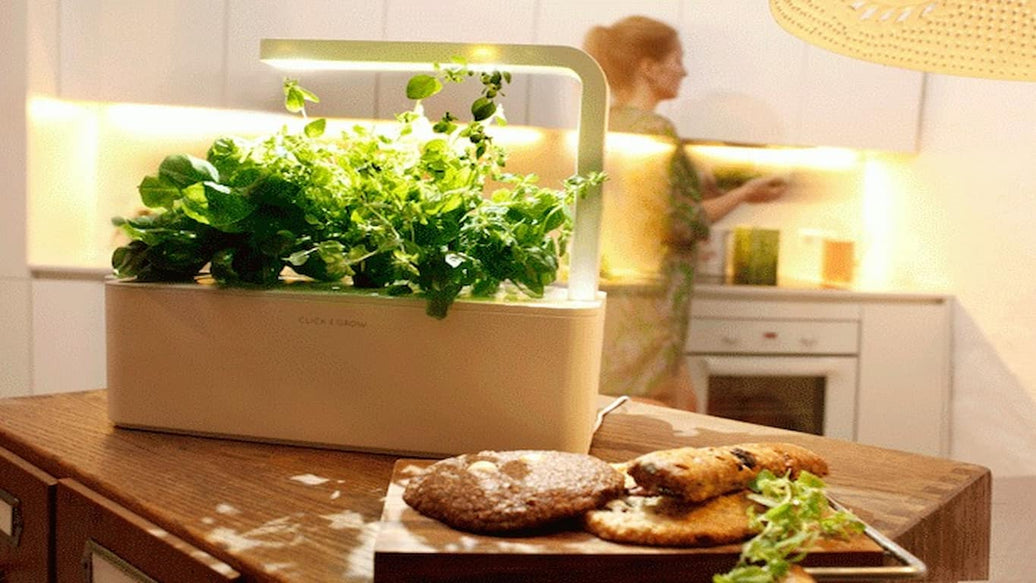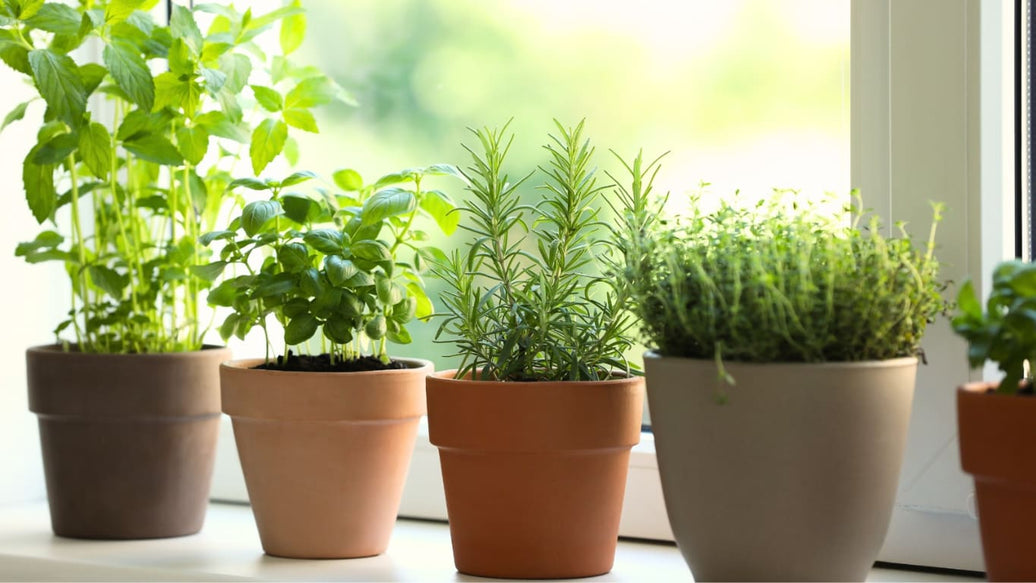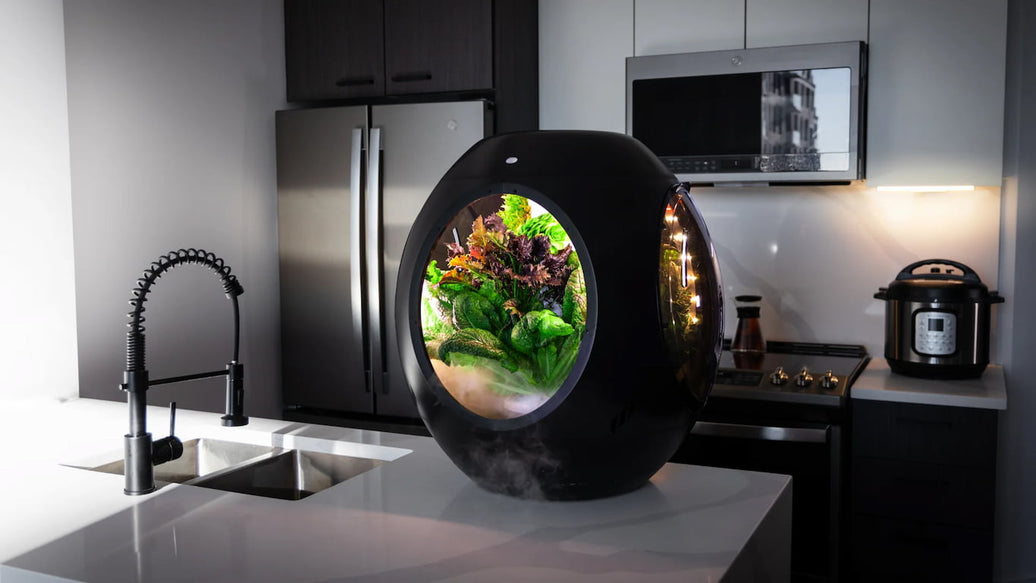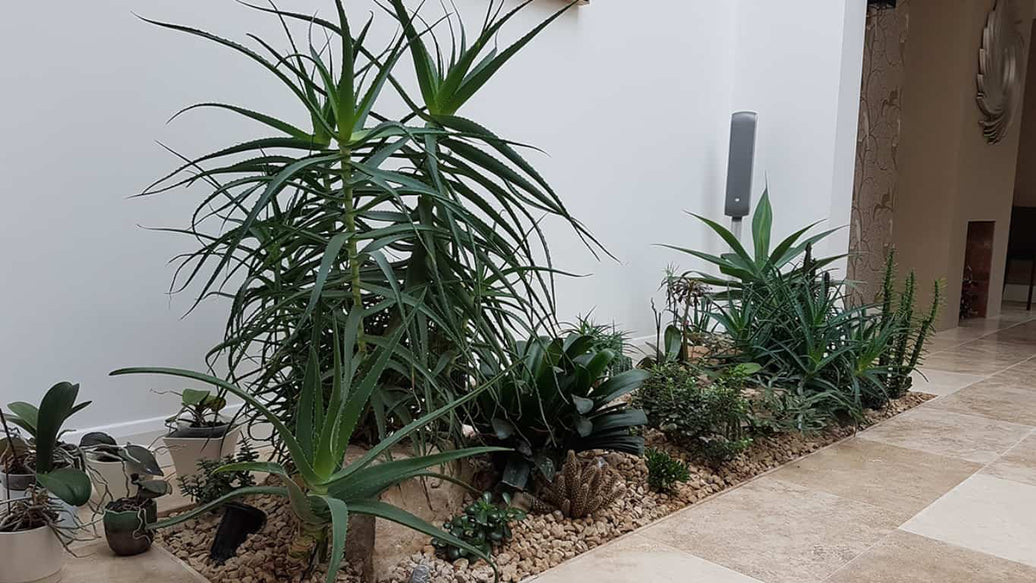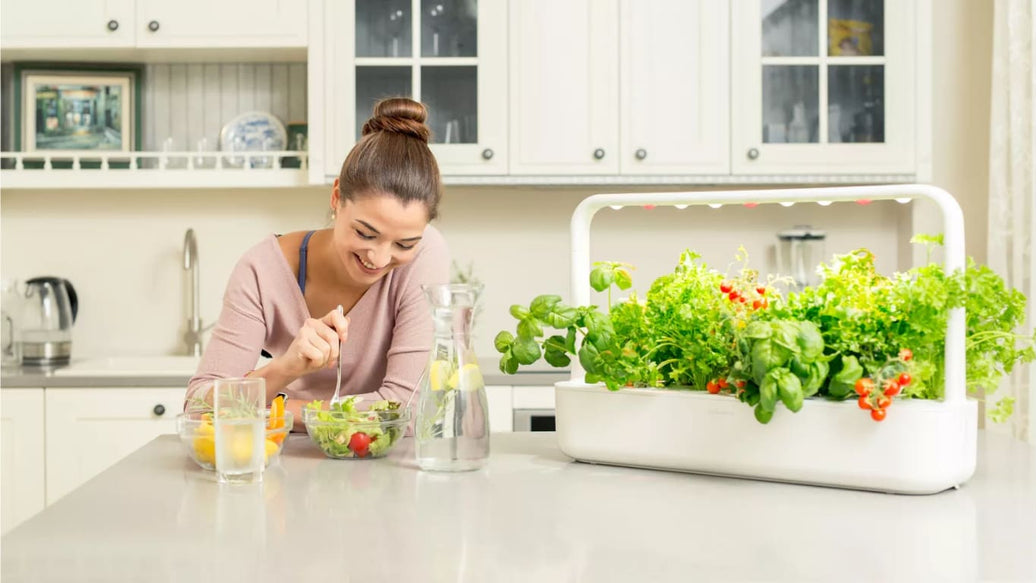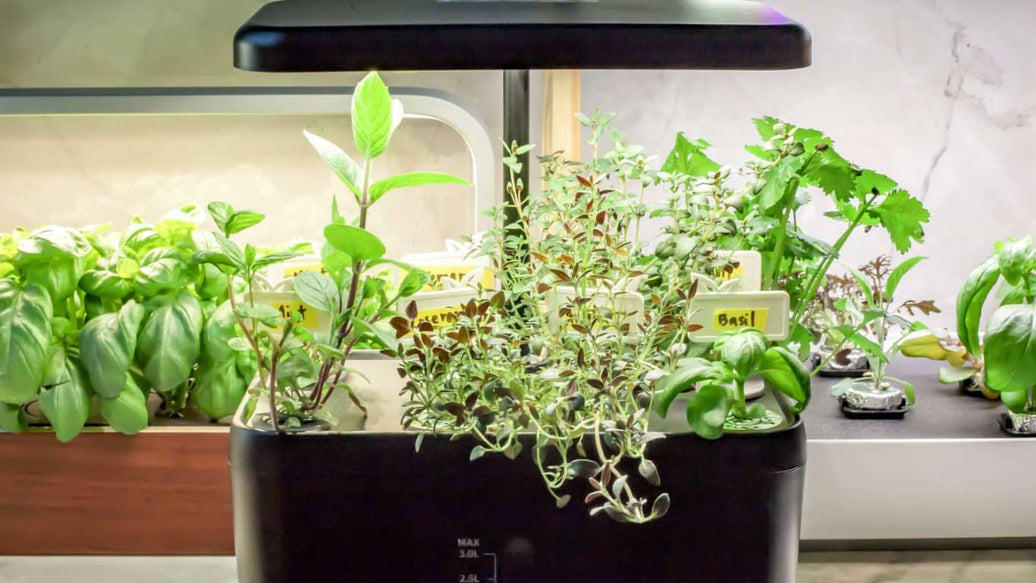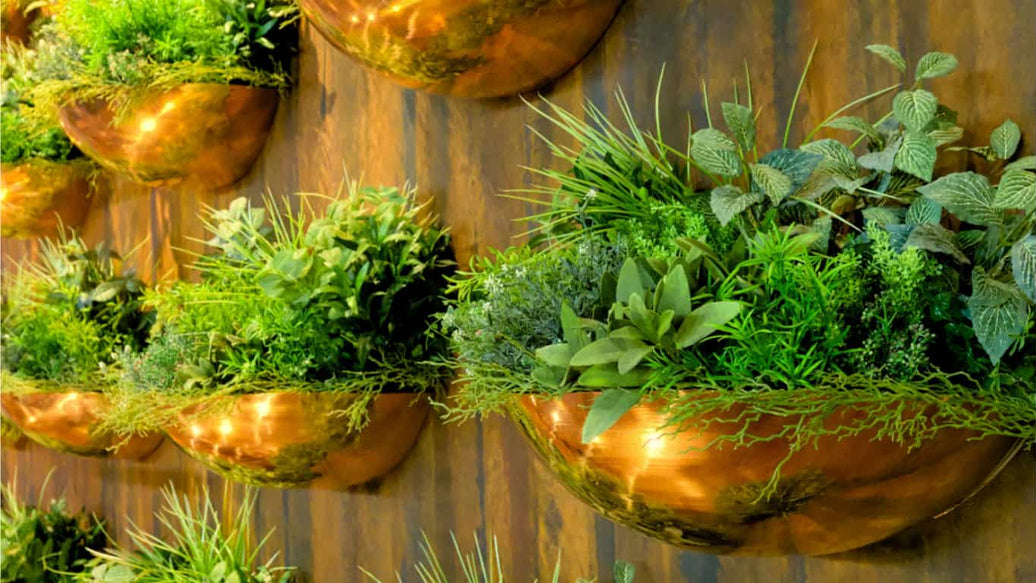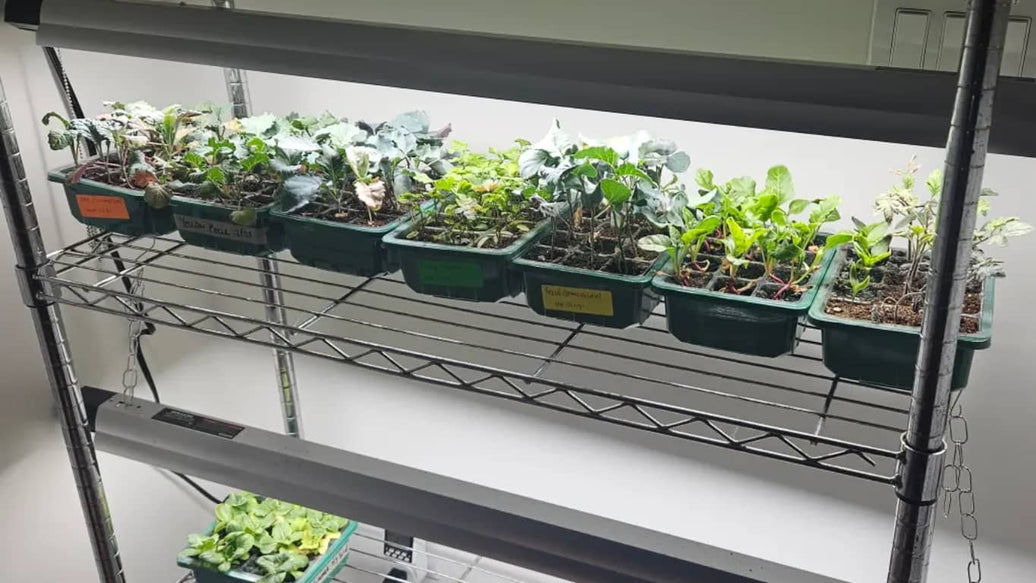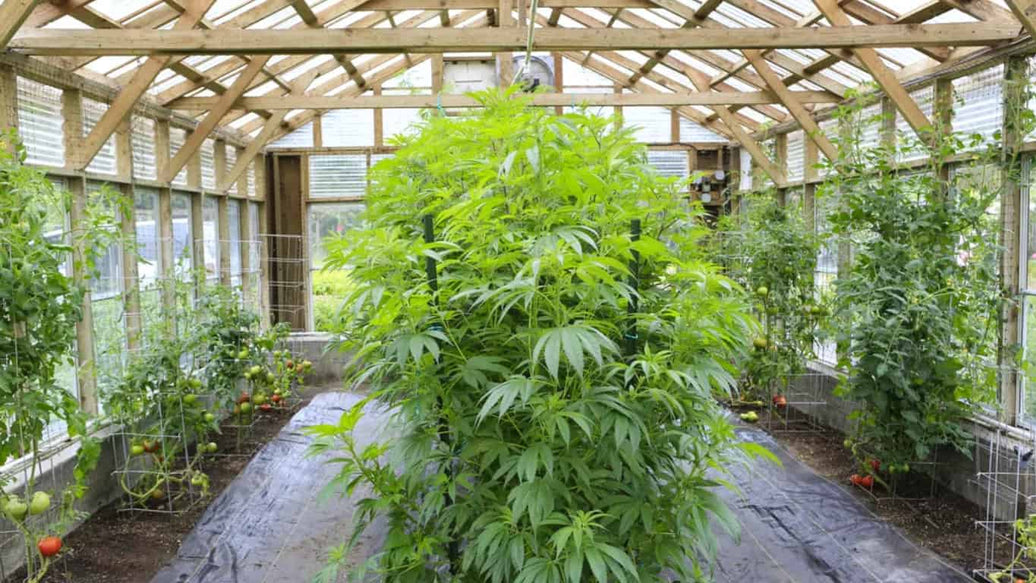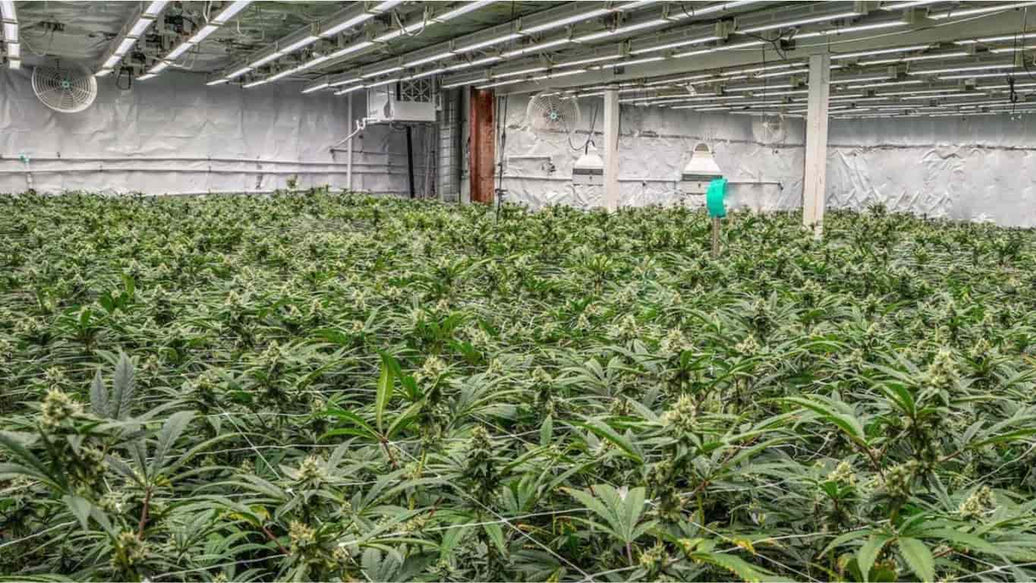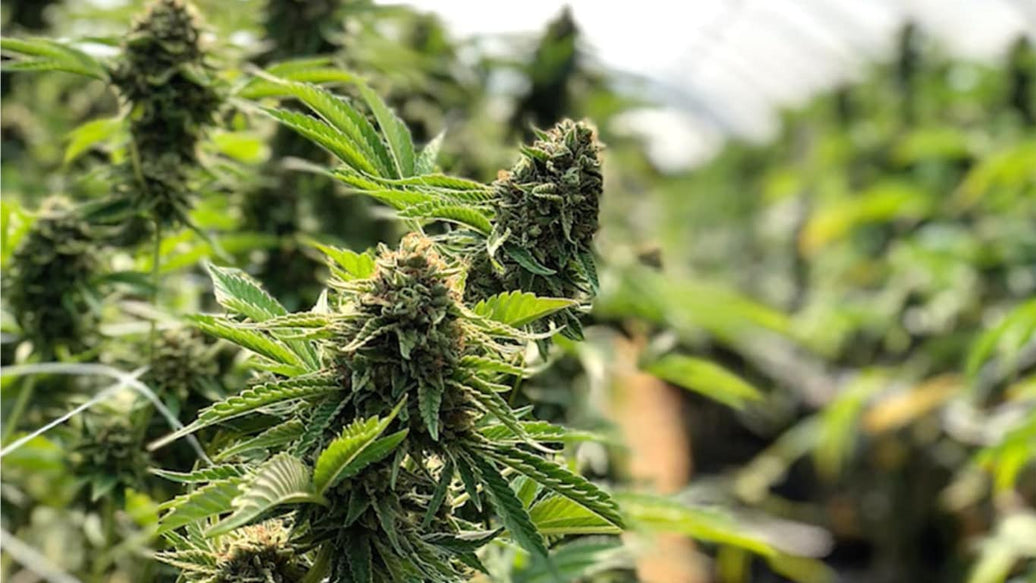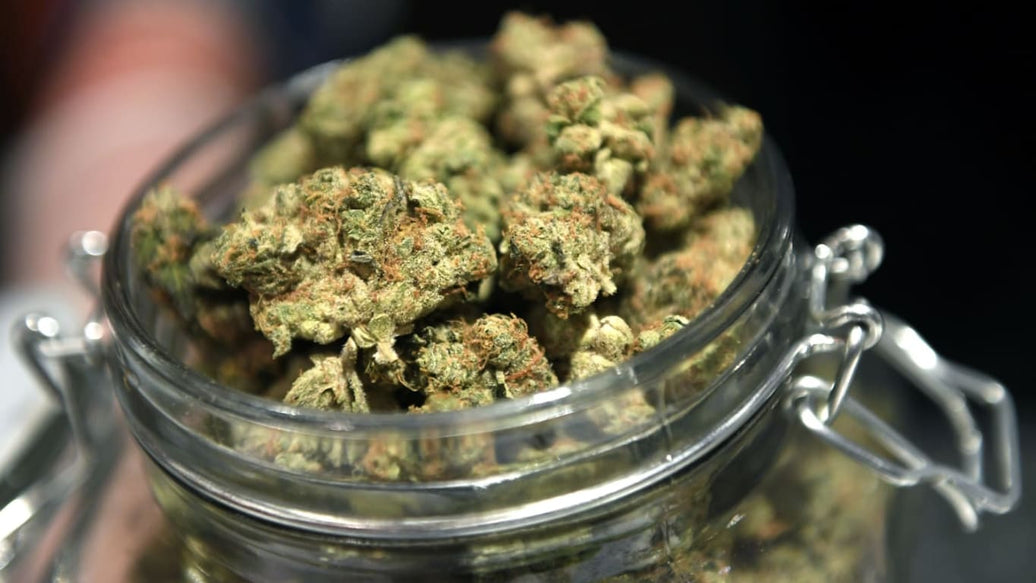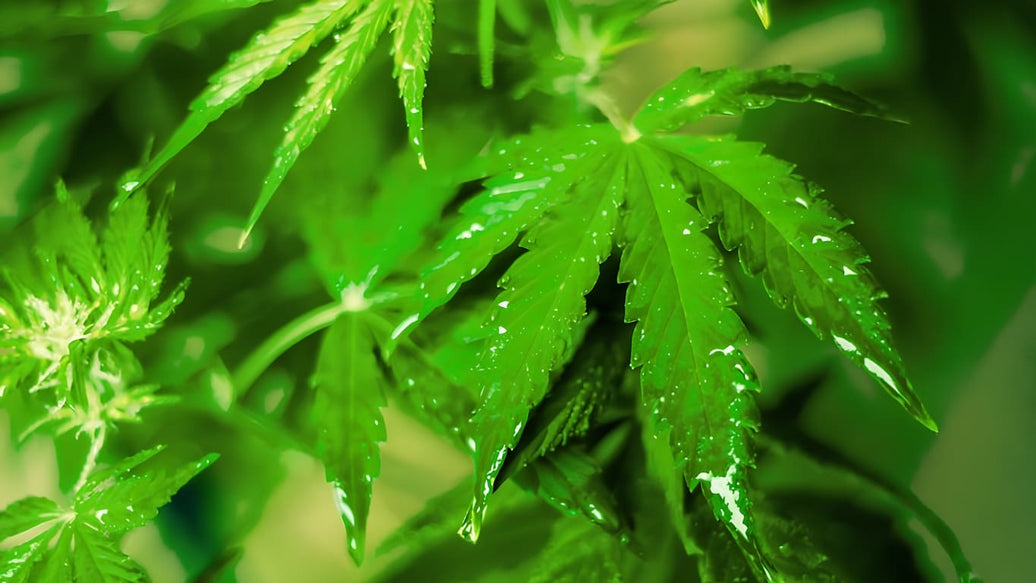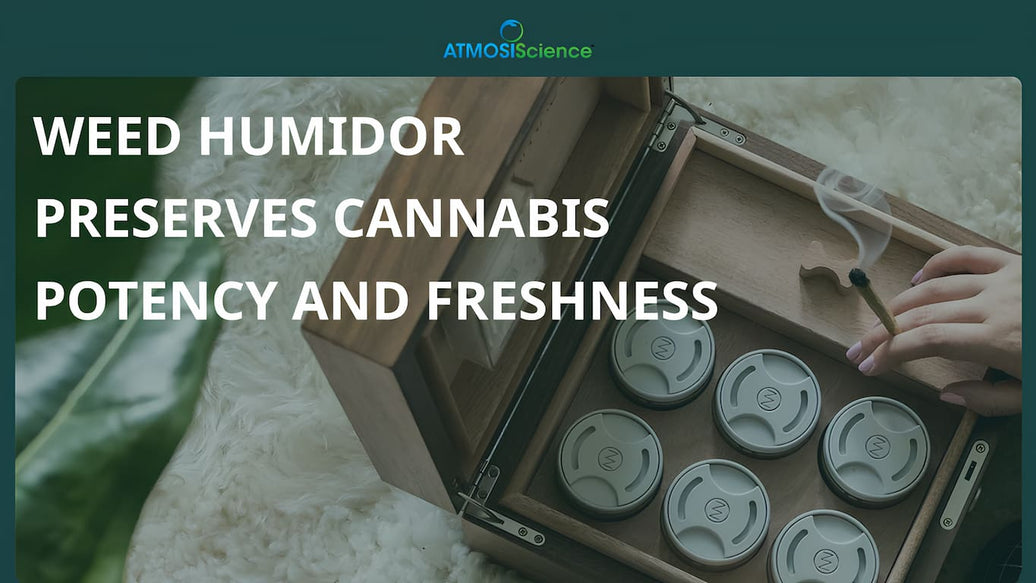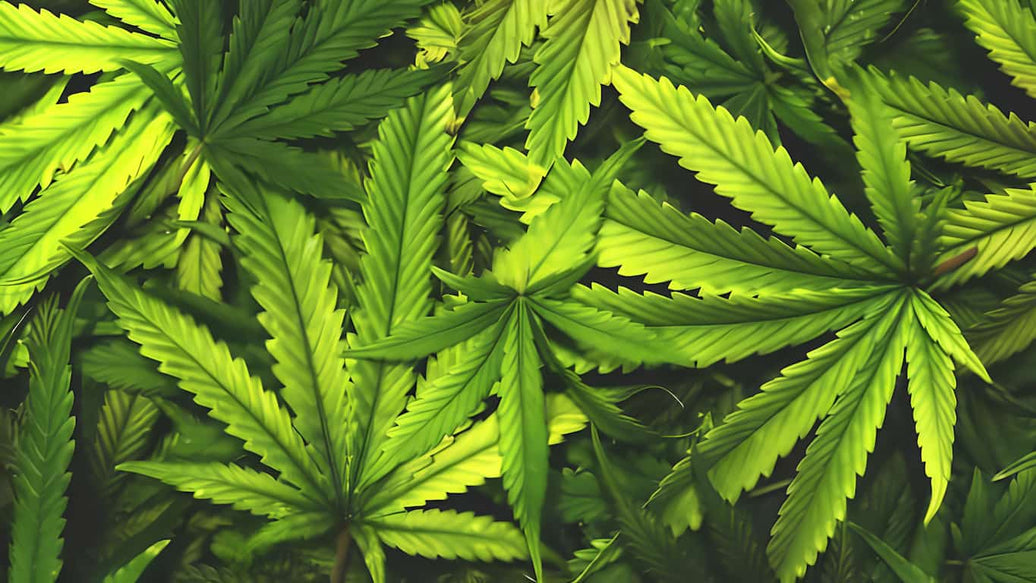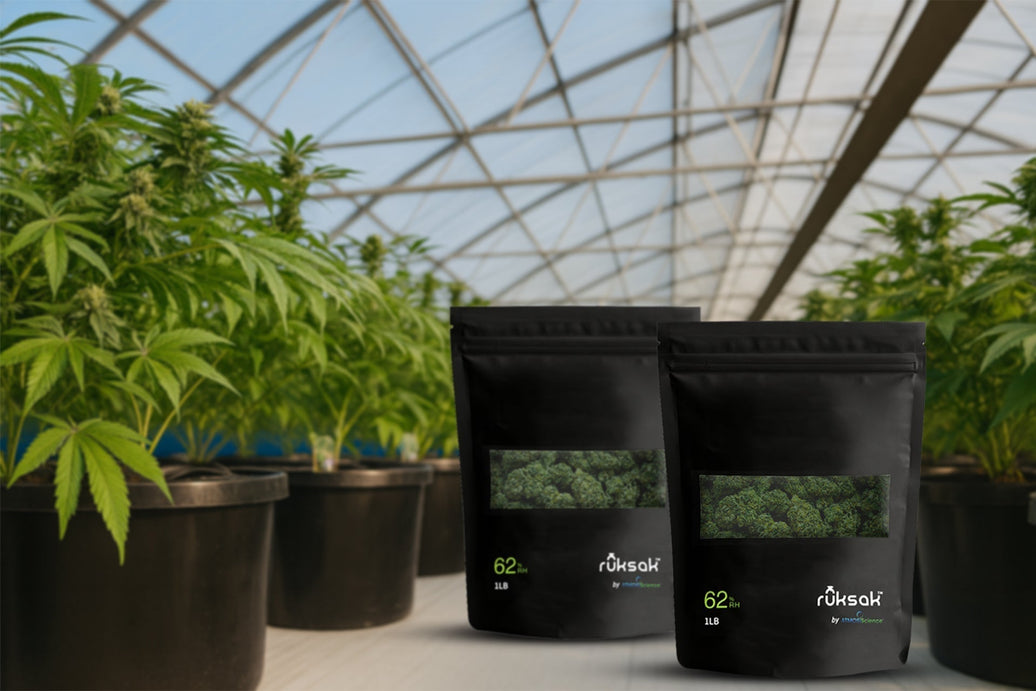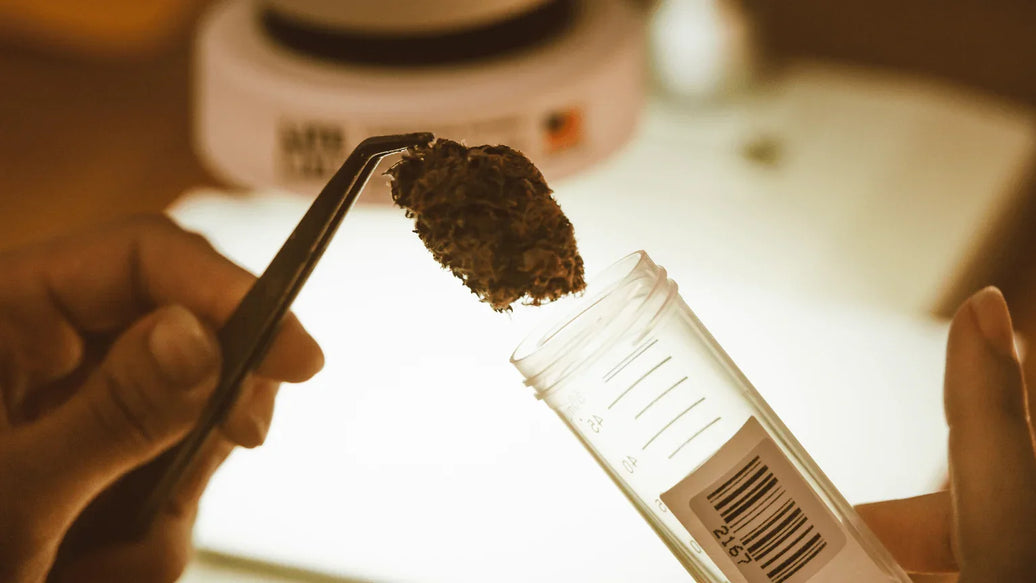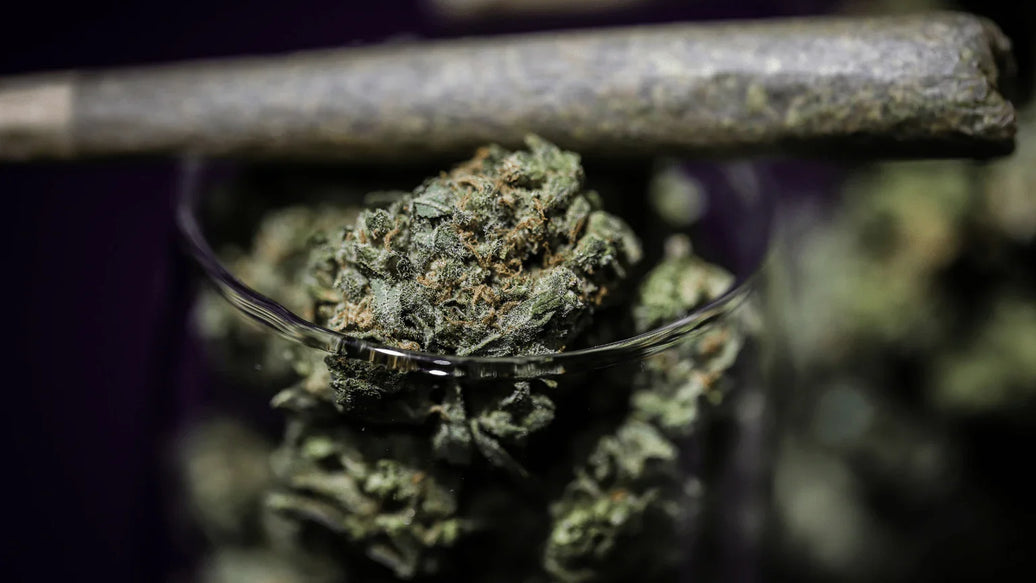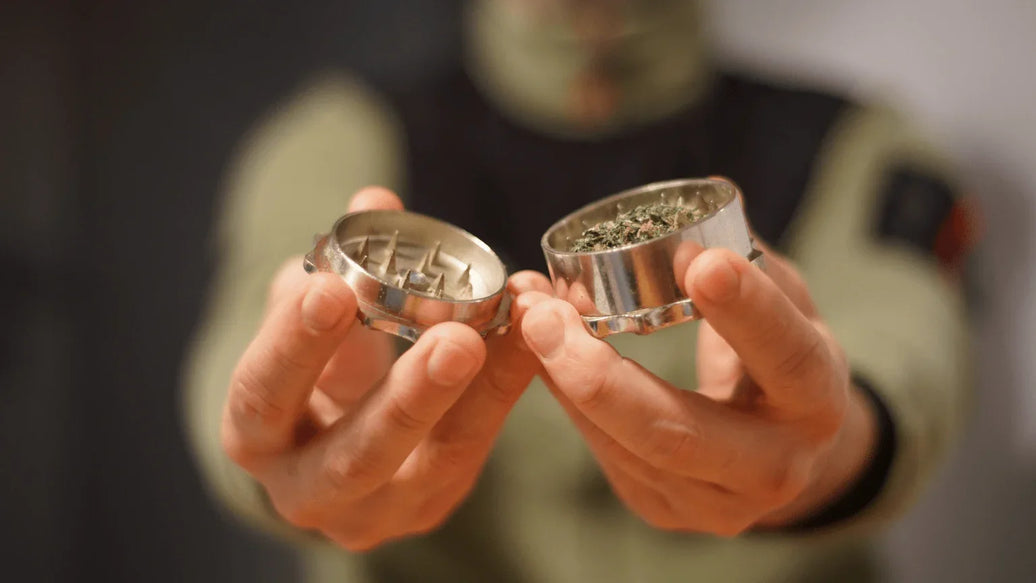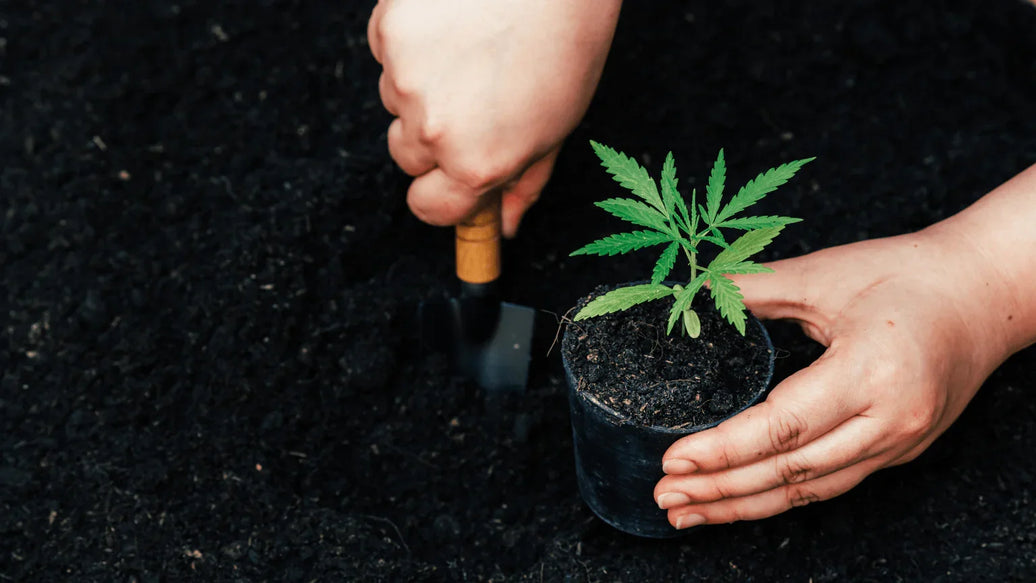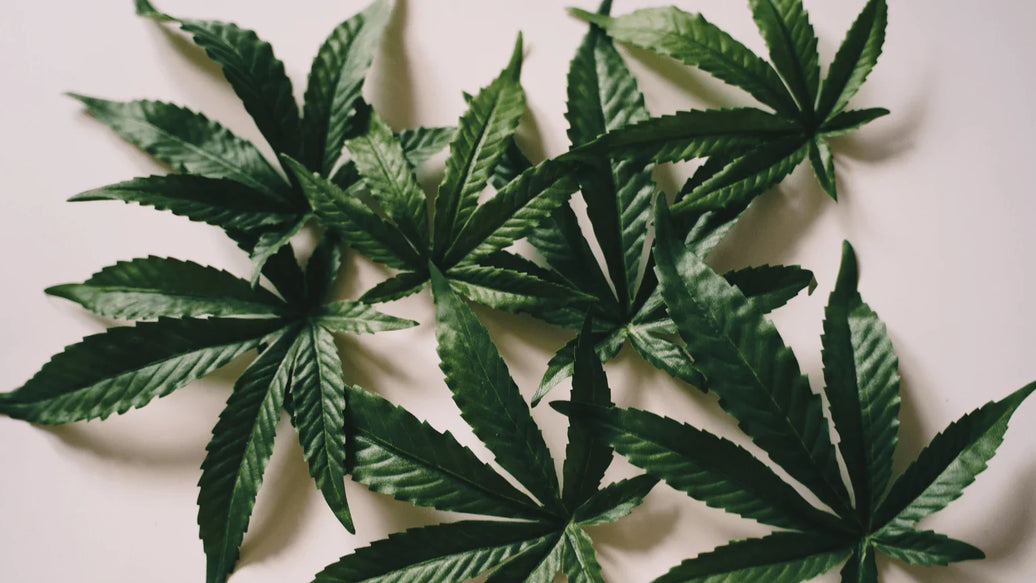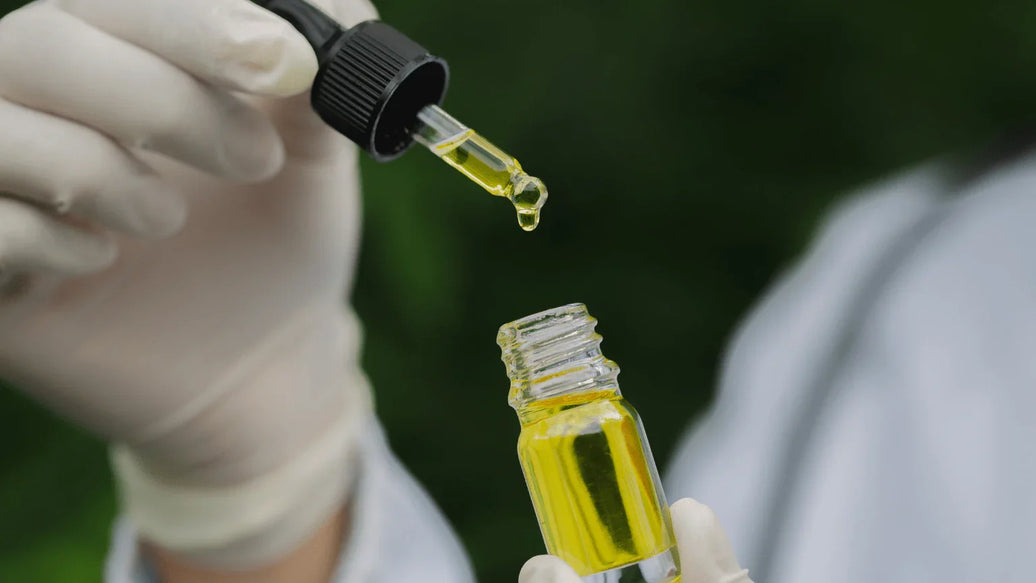Maintaining the best humidity for cannabis is not just a grower’s mantra - it’s the backbone of quality, safety, and potency for every stage of cannabis production, from seedlings to storage. Scientific insights and industry best practices confirm that managing relative humidity (RH) can mean the difference between aromatic, potent buds and ones vulnerable to mold and degradation. Dive into this comprehensive guide penned for ATMOSIScience, where research-backed answers, practical advice, and the right storage solutions await.

Why humidity matters for cannabis
The best humidity for cannabis determines not just how lush your plant grows but also how it tastes, smells, and performs when consumed. Inappropriate humidity threatens cannabinoid and terpene profiles, risks mold infiltration, diminishes shelf life, and might even challenge compliance with health and safety standards. At ATMOSIScience, dedicated guides and storage products ensure you have the science and solutions at your fingertips.
Understanding humidity and cannabis
The best humidity for cannabis can only be understood through the lens of relative humidity control - the percentage of water vapor present in air. RH critically regulates plant transpiration, nutrient uptake, photosynthesis, and, crucially, the preservation (or breakdown) of trichomes. Peer-reviewed research shows cannabis potency and flavor degrade rapidly outside optimal RH, while microbial and mold risks rise with excess moisture.
Explore more: Cannabis Humidity Chart: Perfect Your Grow Conditions

Plants in environments with improper humidity for cannabis face stunted growth, diminished yield, and compromised bioactive compounds. Advances in analytical technology now allow real-time monitoring of RH impact on cannabinoid retention, making RH the most controllable factor for ensuring quality.
Best humidity for cannabis at each growth stage
Seedlings and clones
The best humidity for cannabis seedlings is in the 65-70% RH range, paired with moderate warmth (68-75°F). Scientific consensus confirms that high humidity during early growth supports root propagation and optimizes water uptake via leaves before roots are established. Low humidity at this stage causes transpirational stress, resulting in slow and uneven growth.
During the seedling phase, use humidity domes and digital hygrometers for precise monitoring - missteps can set back the whole growing cycle..
Vegetative phase
Transitioning to the vegetative stage, the ideal humidity for cannabis drops incrementally from 70% down to 50%. Research reveals plants photosynthesize best and build structural biomass at this range, while excess humidity might foster pathogens. Gradually reduce RH by 5% per week; digital loggers are essential for tracking these small yet crucial changes. Experience shows that humidity levels even 10% too high or low can manifest as curling leaves or stunted size.
Flowering & late flowering

As plants enter flowering, the best humidity for cannabis shifts to 40-50% RH. In the final weeks, reducing RH to 30-40% is vital to avoid bud rot and maximize resin production. Peer-reviewed studies underline that low humidity during late flowering hardens flowers and concentrates resin without compromising tissue health. Temperature must be coordinated, as too hot or cold intensifies humidity swings and plant stress.
Discover our blog: Final 4 Weeks Before Cannabis Harvest: Key Preparation Guide for mor informations of late flowering period
Best humidity for drying cannabis
The best humidity for drying cannabis is 50-60% RH at 65-70°F, in a darkened, air-circulated environment. Research and industry consensus confirm this range slows water loss just enough to preserve terpenes and cannabinoids, while preventing mold establishment. Fast drying, especially below 50% RH, will lock out aroma and produce harsh smoke, whereas high humidity risks fungal agents like Botrytis.
Use racks or hangers and monitor conditions with high-accuracy hygrometers, recording daily weight loss rates. Once stems snap, not bend, move dried flowers to the curing phase for final refinement. For in-depth technique breakdowns, consult our blog: Expert Guide on How to Harvest Cannabis and Dry It Properly.
Best humidity for curing cannabis
The best humidity for curing cannabis is scientifically proven to be 58–62% RH in airtight, dark containers. This crucial post-drying step provides enzymatic refinement: chlorophyll breaks down, improving taste and reducing harshness, while trichome heads mature and aroma blossoms. Curing at higher RH (>65%) reintroduces mold risk, while lower (<55%) dries flowers irreversibly, limiting cannabinoid extraction.
For best practice, “burp” containers daily during the first weeks, then weekly, venting humidity and gases while rebalancing headspace RH. Humidity packs, glass jars, and automated storage liners streamline this process. See our blog of cannabis curing essentials for detailed steps and troubleshooting.

Best humidity for cannabis storage – short- and long-term
Storing cannabis long-term safely requires 59–63% RH. This best humidity for cannabis storage minimizes THC/CBD loss, flavor loss, and prevents microbial threats. Academic reviews state that premium and medical cannabis needs even tighter controls, ideally 55–65% RH, with temperature ideally below 21°C for routine storage, and closer to 4°C (fridge) for preserving bulk or valuable genetics.
Technological advances allow nitrogen flushing and vacuum-sealing to further reduce oxidation. Use the right containers: glass or stainless steel, with airtight seals, outperforms plastic. Avoid plastic bags and compressive storage, which degrade trichomes and allow for static build-up. For elite results and fail-proof potency preservation, check out Optimal Weed Storage.
Looking for optimal storage? Try Humidi-Cure®, glass-lined ATMOSIScience liners, or the ruksak bamboo bag.

Tools for humidity management
Keeping the best humidity for cannabis isn’t guesswork:
- Digital hygrometers and data loggers continuously monitor conditions
- Two-way humidity packs (Humidi-Cure®) stabilize RH in jars
- Airtight containers, vacuum-sealed bags, and weed humidors prevent moisture swings
Industry analysis and scientific publications illustrate how technology investment at this stage delivers ROI via greater shelf stability, higher residual terpene content, and enhanced consumer safety ratings.
Common mistakes and how to avoid them
Mistakes in cannabis humidity control are easy but costly:
- Over-drying produces brittle, flavorless, and less potent buds
- Under-drying/curing welcomes mold; batches must be trashed
- Poor storage—using plastic, heat, or light-exposed containers—damages product integrity
- Lack of rotation—old stock degrades unnoticed
Each of these can be prevented with vigilance and adherence to the scientific consensus on best humidity for cannabis.
Conclusion
Success in cannabis hinges on mastering the best humidity for cannabis—from the first cotyledons to the aging bud jar in your cupboard. The difference between a forgettable harvest and a masterpiece of flavor, effect, and compliance is measured in percent RH and backed by robust science. For further reading, troubleshooting, or finding your next humidity-controlled container, explore more on ATMOSIScience and join a community dedicated to cannabis excellence.
Continue your journey with these evidence-based guides:

